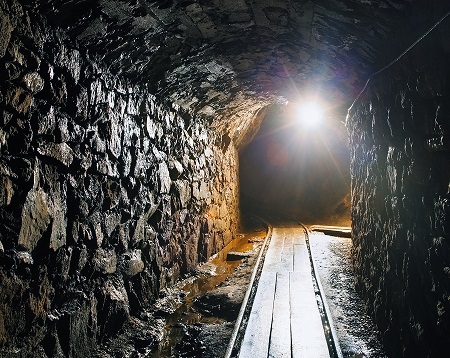The four-year project aims to improve understanding and develop practical formulas to help engineers connect what's happening in the soil, rocks and concrete at micro-level with large-scale factors that trigger collapse.
"There are many cases around the world where we've seen catastrophic failure and collapse at underground mine sites, dams and other embankments with huge losses in terms of people's lives and property," says lead researcher Dr Giang Nguyen from the University of Adelaide.
"It's very hard to predict the effect of a natural disaster or failure in infrastructure.
"All we can do as engineers or researchers to ensure the optimal stability is to do laboratory tests on small specimens taken from the site and use this analysis to project what might happen on a larger scale.
"But there are obviously different behaviours between small specimens of 10cm3 then for large structures of 100m3 or more."
Present methods 'inaccurate'
Dr Nguyen says these "scaling issues" have resulted in inaccurate prediction, including the collapse of Malpasset Dam in France in 1959, and the Sleipner A oil platform in Norway in 1991, partly due to the wrong scaling of material properties.
"We need to come up with a method for better prediction that can properly link failures at the micro-scale, specimen scale and large (field) scale," he says.
By the end of the research Dr Nguyen hopes to translate research results into simple practical formulas that could be easily used by an engineer.
"This would transform the understanding of material property scaling into a predictive tool for engineering analysis, helping to obtain more cost effective designs with greater confidence in safety," Dr Nguyen says.




-160x160-state_article-rel-cat.png)
-160x160-state_article-rel-cat.png)













